How Much Does It Cost To Hike The Pacific Crest Trail?
How much does it cost to hike the Pacific Crest Trail?
Perhaps the most popular question I have received from readers recently, and perhaps the most difficult to answer (accurately, but I can make up numbers for days). As with the physical preparation required for a thru-hike, the monetary preparation required for the PCT varies greatly with each hiker.
To help reach an answer, we can divide your monetary contributions to thru-hiking the PCT into three distinct categories: gear, resupply, and town.
Gear
Starting without any gear (like me!) adds another layer of complexity to the PCT planning process.
Looking for help on the internet often results in your being berated by ultralight forum dwellers and force-fed the idea that the only way to survive the PCT is to throw all your money at ultralight gear purchases.
Your gear is your life on the trail, but remember that more expensive does not always translate to “better”. Investing in thoroughly researched gear is definitely worth your time and money (having to replace gear on-trail sucks).

According to the thru-hiker survey (2015, 2014, 2013), hikers spend an average of $1,288 on gear before the trail (σ = $808). My gear purchases amounted to almost $2,000 (although I received some substantial discounts through obsessive research).
You may hear from many people, “It doesn’t matter what gear you get; it will be destroyed on the trail.” This is false. The only pieces of my gear that were legitimately destroyed were my shoes, insoles, shirt, convertible pants, socks, and sleeping pad (basically, clothing is what you can expect to ruin). Everything else (backpack, tent, and sleeping bag included) is still in good to excellent shape. Take care of your gear, and it will take care of you.
Check out my Ultimate PCT Gear List to see a complete list of gear for the PCT.
Gear Total ~$2,000
Resupply
Your resupply strategy is another important part of the PCT planning process, as it will determine what delicious goodness you fill yourself with out in the wild.
Your resupplies (not counting meals eaten in town) will make up a large part of your spending, but this cost can be minimized in various ways. One way to ensure you know exactly how much you are spending on food and pack all your resupply boxes ahead of time! However, I would not recommend that anyone do this without an excellent reason for doing so because you will get sick of your food.
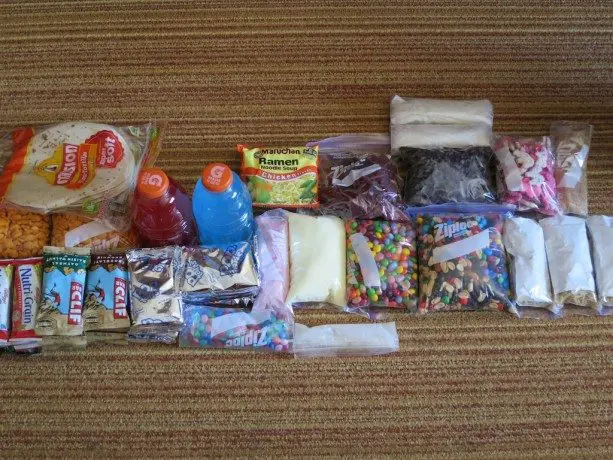
The cost of food is incredibly variable. Some people buy hundreds of Backpackers Pantry meals for $10+ each, and some stick to a hearty diet consisting primarily of gorp and oatmeal. More on hiker food here.
Three places hikers indicated that they would have preferred to mail a resupply box instead of buying their resupply were:
- Sierra City, CA
- Vermilion Valley Ranch, CA (more on VVR here)
- Seiad Valley, CA
Of the three, Vermilion Valley Ranch (VVR) is the place that I would definitely recommend sending a box if you plan on resupplying there (although I knew hikers to resupply from their hiker box successfully).
I spent around three or four hundred dollars packing my ten resupply boxes (too many) and around $2,500 on resupplies along the trail.
RESUPPLY TOTAL: ~$2,500
Towns
Towns can easily become the most expensive part of your Pacific Crest Trail spending if you are not careful; let me emphasize easily (see? I even made it boldened).
Luckily, town spending is also the most avoidable.
Hypothetically, you could get away with spending zero dollars in town along the PCT, but for many of us, the temptations of town offer too great an incentive to throw away our dollars frivolously.

I avoided heading into town if at all possible, and I was sucked in by evil trail friends more often than I would have liked. Every visit to town meant an easy $100 spent at least – it might as well have been the toll to enter.
The three biggest things to watch out for in town?
- Hotels – I threw down for a room more often than I would have liked to due to weather, exhaustion, or laziness. Split the room as many ways as possible, people (this ensures your hotel rooms will stink badly enough to make you wish you were back on trail).
- Restaurants – If you aren’t lucky enough to have someone pay for your meal (quite common), then restaurants can quickly add up and even overshadow your resupplies.
- Beer – Don’t drink? Good for you, problem solved. For everyone else, beer money can kill your trail finances.
Town is amazing, and getting to town was usually the most exciting day of my week (especially because it meant my pack was extra light due to all my food being eaten). Town is where random acts of trail magic thrive and where unsuspecting civilians are transformed into trail angels. Stick to the PBR (it makes you hike faster).
Town is also where you get to poop in a toilet.
TOWN TOTAL: ~$3,000

Conclusion
Interesting. I did not expect those three numbers to come out the way they did, but that’s the best estimate I can provide for my Pacific Crest Trail spending.
Remember that the four or five months you are on the PCT are four or five months that you are (hopefully) not paying rent. That might be $8,000 right there! But you also aren’t working, so I suppose it’s not quite that easy.
Someone who really wants to hike the PCT buys gear second-hand, buys the cheapest foods available, and spends no money in town could probably get away with a one or two-thousand-dollar thru-hike. Totally making this up, though. A hike could also cost tens of thousands of dollars if you really love spending money (a suite at Timberline Lodge should do it).
Based on what I observed on the trail, I would venture to guess that most people spend between $7,000 and $10,000 on a thru-hike.
Hopefully, this explanation is borderline useful to any future thru-hikers out there.
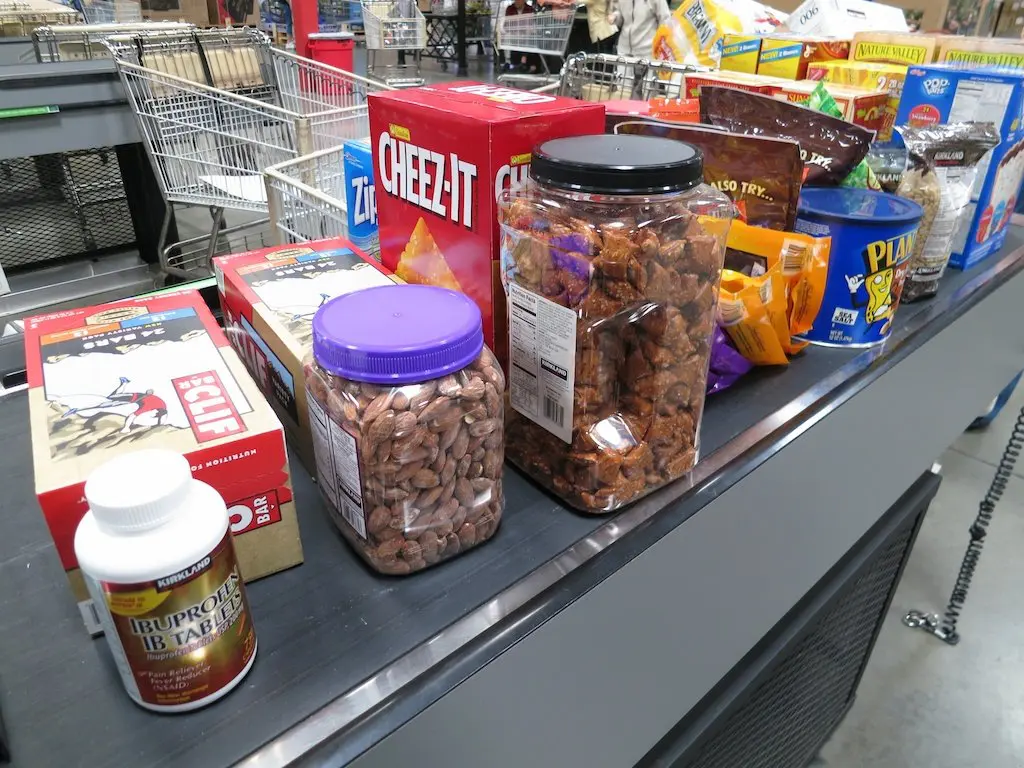
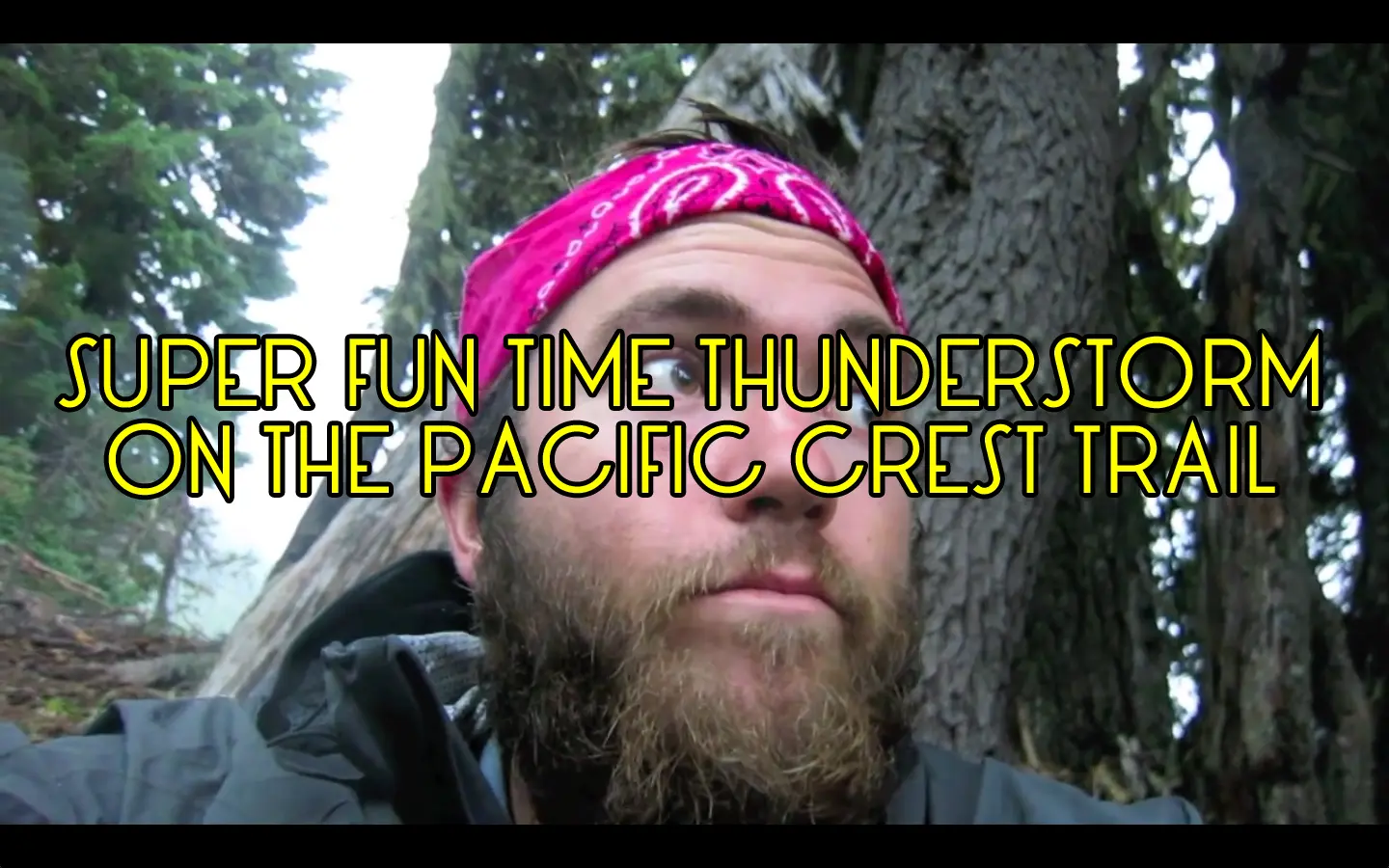
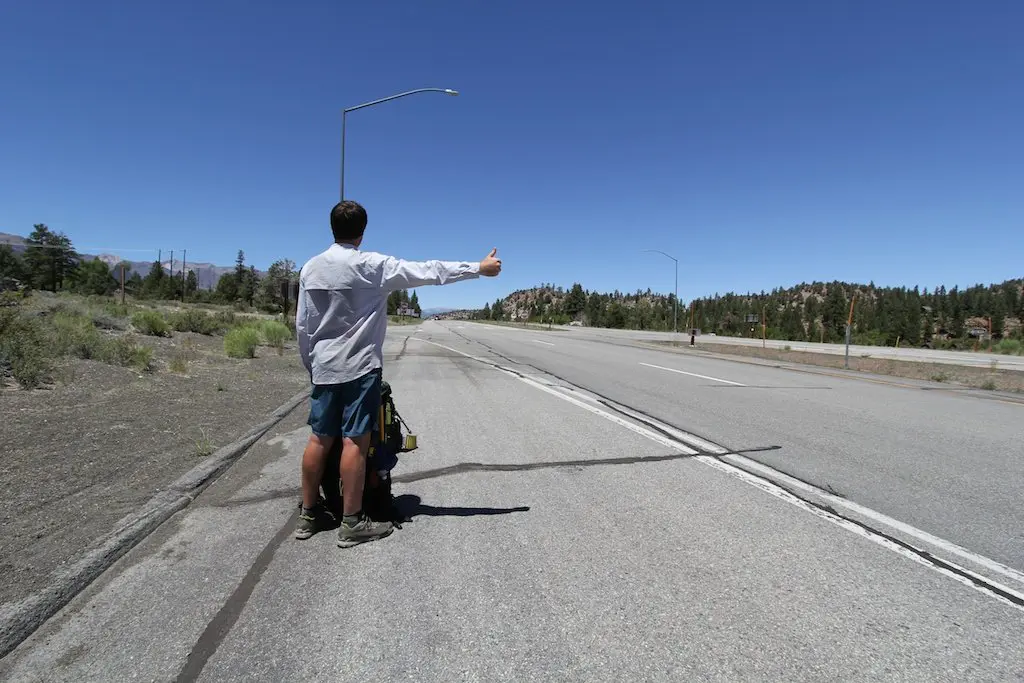


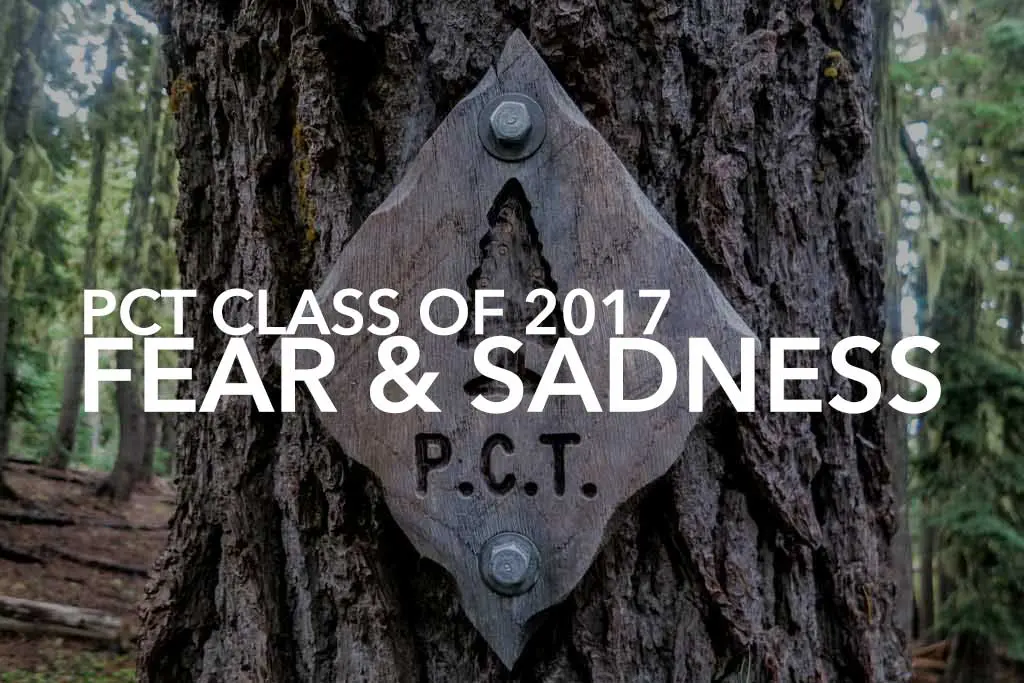
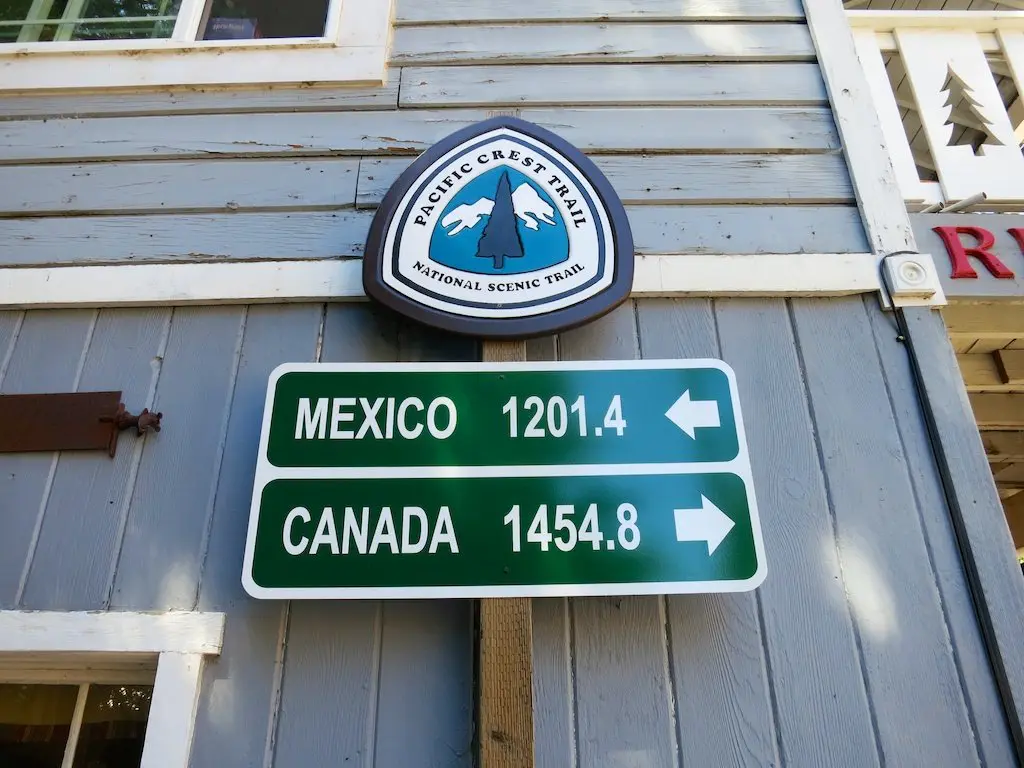
I know this article is old, but dang dude, the ultralight gatekeeping and bullshit really hasn’t changed in 5 years. Tried to stick it out on r/Ultralight for a bit, but that place is toxic. A light pack at all costs just isn’t worth it if it means sleeping horribly, putting yourself in danger, and/or not enjoying the hike.
The ultralight world takes itself far too seriously. I have a few posts in the works that will hopefully provide more perspective on this.
I know what you mean.
Some items of equipment are definitely worth getting if they are ultralight, such as clothing. When it comes to stuff like your tent and rucksack, I personally prefer something heavier and sturdier that will last and do the job properly.
Gidday Mac, your $1200 a month, was that including your gear bought before the hike?
Cheers, Glen.
It was indeed.
How is that possible?
Sorry, I thought you meant $1,200 for the entire hike.
This comment still looks dead but I’m going in April of 2017 and was wondering what kind of training I’ll need 2 do food cost etc [email protected]
What are you sending ahead? Possibly save by getting these things stateside?
Hi guys, so I’m wanting to hike the PCT (Northbound) next year, starting in April and welcome any advice! Im from the UK so am new to the area! how much money should i save? should i get my gear before and how much training should i do to prepare?! Please email me any advice on [email protected]
Hey everyone, I’m really set on saving money and Hiking the PCT next year. It’s something I’ve always wanted to do. If anyone has any advise to get started or a list of supplies and such please contact me email is [email protected]
I’m from Texas and a bit blindsided to the western part of the country. Thank you in advance ! Btw this blog post was extremely helpful!
Very cool. I might do the same!
Hi everyone! I plan on hiking PCT northbound in April, around the 11th. Anyone looking for a hiking buddy?
I am planning a thru hike for 2017 season. I am Disabled and I am 54. I have had 17 heart attacks, a 4 x cabg, I have a pacemaker now. I have Sic Sinus Syndrome.I have needed 2 knee replacements for a few years now. Osteoporosis and Osteoarthritis, I have has 2 spinal fusions, and have nerve damage in my neck and back, and arms. I also have had several broke toes just from walking. Gear: I have my sleeping bag. You cant get a better one, maybe a lighter one, but I can leave a layer out. It is a U.S. Military Mummy style it’s three layers. It is the latest model they use. I am a Vet. so it was given to me at a Homeless Vet Stand Down in Cali. Everything else I still need. Pack , Tent, Sleeping Mat. Boots, more Boots. That is my biggest concern. Gear! I know My health should probably be the biggest, but I can push myself like a machine. I am going with one other person. A Disabled Women I have known for years. We plan on taking a Sat. Phone in the event I kill over.My other issue is I only get 825 a month Social Security. I live on less food now than most people eat in two weeks. I’am pretty sure I can make it on the money I get monthly, but like I said -Gear is the biggest concern. Do any of you know anyone that has used gear for sale Cheap, or a way to get donated gear? I know a lot of people say they don’t do donations because people have got them , and then not even tried. I am not looking for money, In 2017 I will hit the PCT, and I will walk the trail one end to the other, or they will rescue flight Me off it, or find my body on it. Any advice is welcome. Except not doing this. I sat in a wheel chair for most of the last 6 years, and that is old. I can walk 6 miles at 2.9 mph now. I weighed 145 when I moved here to Oklahoma and now I am at 175 again Finally!. in 2008 I weighed 136, and had the worst of the 17 heart attacks on the 405 in front of the LAX. Totaled my car and 5 other they say.
Dude why are you not receiving Disability from the VA.
Cant tell if this was a joke or FR?
Your food costs, and general costs on the walk, are very different to those suggested by pmags, who’s work is also used for comparing trails. They say that per month, roughly $1000 is spent, while you cite something more akin to $300? Or have I simply misread, and your food totals are per month, instead of the whole thing?
Thanks!
Could you tell me where you got the $300 from? Per month my costs worked out to around $1,200.
I’ve definitely made up my mind that in three years, I will be hiking the PCT. I should be able to save close to £20k (approx. $35k) which will not only cover me for THAT hike, but also will take me to SE Asia after, where I could survive for quite some time on that money.
I apologise in advance for the no doubt endless questions I’m likely to be asking! :-o
I’m going to be blogging (and vlogging) the entire lead up and duration of the journey. I’d really like to connect with other people in a similar position!
Three years? Thirty-five thousand US? How about one year and $10k instead?
Mainly because I have to quit my job to do it, and would need funds to support me until I can get a job (a difficult task in my country, if you don’t possess a college degree). It’s just a caution thing. But I’d love to do it in a year, if I am able.
May I ask – what did you do? Do you earn revenue from the blog, work as-you-travel, or are you living on savings, etc? (Sorry, that’s quite rude haha, I am just curious how other people actually manage, since nobody ever seems to talk about it)
Hi ! I’m from Brazil, and I’m planning to trough hike PCT next year ! I’d really apreciate if i could have a few answers .
– is it dangerous to hike PCT alone ?
– which is the best month to start it, and avoid snow as much as possible ?
– are there lots of dangerous wild animals along PCT ?
– do i need any special document or authorisation to do it ?
Tks a lot
My e mail is [email protected]
Oi Rose!
Eu acho que já escrevi sobre essas coisas – aqui são os links:
1) Sozinho? https://www.halfwayanywhere.com/trails/pacific-crest-trail/hiking-solo-vs-hiking-non-solo/
2) Começar? https://www.halfwayanywhere.com/trails/pacific-crest-trail/north-or-south-which-way-to-hike-the-pacific-crest-trail/
3) Tem ursos (não são perigosos), mountain lions (nunca vai ver), cobras (deserto), e aranhas (deserto) – mas a última vez alguém morreu por causa de um animal no PCT foi nunca.
4) https://www.halfwayanywhere.com/trails/pacific-crest-trail/pct-permits-permission-walk-outdoors/
Espero que ajude!
Gents. I’d like to hike / run the PCT. My main concern is navigation. I am from a land far far away and worry about getting lost esp in the desert and High Sierra’s. Is it well marked? I have completed many ultra races of over 1,000 miles so fitness does not worry me. (Yes I am a weight weeny). Navigation is my biggest concern. Goal is 60 days. I’d love to solicit some advice. Thanks.
Hey! The trail is actually very well marked, and with the exception of a few tricky junctions/areas it would be very difficult to get lost of off-trail (and the tricky spots are usually marked by hikers who have passed in front of you). Sixty days is ambitious, but definitely not impossible. Best of luck!
Many thanks for your quick response. Most appreciated.
I am 19 and currently going to start training for this and was wondering how much would this be with the plane flight included? I live in Texas i don’t drink and I want to do this to get away from the city and towns so going to towns won’t be on my agenda. If you could eamil me at [email protected] thanks.
Hey I was wondering if you got my email. If you didn’t you can’t text me at 832-566-0860
I’m also 19 and live in Texas and I want to thru hike the PCT
I’m 45, will be 46 in April. I am also a Type 1 diabetic. I am contemplating this seriously. I would need my insulin and other diabetic supplies mailed to me every couple of weeks. What do you recommend? I have done many crazy things as a diabetic and now that my kids are on their own I’m ready for the GREATEST adventure!! I would be planning this for next year.
You never have to go longer than a week without being able to get to some place that will accept packages for hikers. You will just have to have everything packed ahead of time (if you’re nice) and a willing support person/team to help you with the sending of said supplies.
Good luck!
Sandra, Just curious, are you on slow acting insulin or the quick acting (pump)? Having dated someone with Type 1, I understand that when you are hiking and burning calories that the basal rate can be lowered to nearly zero?? I also thought the quick acting insulin had to be refrigerated? Or am i wrong? One thing is for sure, if you do use the pump, do you have a backup? Meaning, probably not a backup pump, (expensive), but perhaps some small syringes that will allow you to inject into your stomach. This proved to be a life saver when the pump of a girlfriend broke from sweat during a skiing trip. After that trip, I always carried syringes in each car and extra sugar tablets.
I am on both, slow an rapid. The rapid takes care of my food bolus and the slow takes care of my basal.
Also, these two insulin come in a pen that can be unrefrigerated for two weeks
your my hero….im a diabetic as well i coined hiking this trail impossible for myself and i only desire to do it alone…i would like to know your results..Happy trails : )
Nothing is impossible V!. I am finishing my bachelor’s degree in nursing and training at the same time. I am hoping to start in April of 2017!
your very positive and encouraging…i can use some more of that…im having some medical challanges that have slowed me up and im tired of being cooped up any suggestions
What challenges? I’m also a nurse
great , perhaps we can talk you can find my contact number on facebook
Hello! I’m thru hiking this April and am having the hardest time wondering or guessing at how often I should send myself resupply boxes? I want to do it sporadically but also don’t want to have too little between pick up places. Thanks for any input!
Whitney
Hey Whitney! I would suggest you check out the PCT Hiker Surveys from the last two years. There is a lot of information about resupplying in there directly from thru-hikers.
https://www.halfwayanywhere.com/pacific-crest-trail/pct-hiker-survey/
https://www.halfwayanywhere.com/pacific-crest-trail/annual-pacific-crest-trail-thru-hiker-survey/
Personally I would only send a box to Warner Springs (mile 110ish) and then just figure out everything else out on the trail. But that’s just me.
Have a friend who did the full SoBo with 36 bucks in his pocket.
A true champion of frugality.
Thanks for this article. I’m planning a PCT 2015 hike. During my Appalachian Trail thru-hike, I spent about $2000 total, but I skimped on a lot of luxuries. It was alright when I was 22, but I’m trying to save more money for the PCT.
$2,000 total is a bargain! The PCT can definitely be done on the cheap, but there is plenty of money to be spent for anyone willing to do so. Those trail towns’ll getcha.
I guess I look at it differently. If rent is $1450 a month and you spend $300-400/month on food not hiking, then it’s a bargain to hike at only $4000-5000 for a thru hike on either AT or PCT. That’s like half the cost to be out in nature. It makes most sense to get rid of your rent/mortgage payment while doing something like this, if you can.
excellent article- thanks for taking the time to put all this great info out there. We are hiking in 2016 so I’m still day dreaming :-D
I still can’t wait to get back out there. Be warned: the trail life is an addiction.